AI 101: What is Artificial Intelligence? Common myths associated with AI
- Angela Novelli
- Apr 11
- 4 min read

Artificial Intelligence (AI) has been a widely popular topic ever since the emergence of Chat GPT back in 2022. Now, the global AI market is valued at over $390 billion. All different types of businesses and organizations are looking for new and innovative ways to use AI for their operations. In fact, 83% of companies claim that AI is a top priority in their business plans.
Though it was first discovered in the mid 1900s, AI has evolved greatly and become much more of a sought after tool. However, there may still be individuals who do not fully understand what AI is and believe certain myths about it to be true. It is important to educate others about what these advanced technologies are, especially if their data and information is being processed by AI. Let’s look at the basics of what AI is and explore common myths that are associated with AI.
What is AI and how does it work?
Let us first look at the very basic answer to this question. When we think of the word intelligence, it is typically associated with living creatures, like humans, which have a brain and therefore an intelligence. However, what if a computer, which is not a living thing, could think the way that humans could? That is what AI is – an artificial intelligence.
AI is a set of technologies that can perform tasks that would usually be done by human minds. These technologies enable computers and machines to think and learn and analyze much larger amounts of data than humans are capable of. The data it analyzes is used for predictions, categorization, translating languages, making personalized recommendations, natural language processing, and much more.
AI is designed to learn from large amounts of data and pinpoint any patterns or relationships that human minds might not notice. When developing AI, professionals use algorithms, which are sets of rules and instructions that basically tell the AI how to operate and guide its analysis and decision making.
Myths commonly associated with AI
Now that we covered the basics, let’s look at a few AI myths to learn more about what AI is and what it is not.
1. Machine learning and deep learning are the same thing as AI
While the concept of AI serves as an umbrella term, machine learning and deep learning are specific concepts under the science of AI. Machine learning (ML) is when a computer learns from data without specific instructions on how to do so. This concept is used in streaming services when a user indicates that they like a particular film or show; this information provides more data to the machine learning algorithm to present more informed recommendations.
Deep learning is a ML technique that uses neural networks, which are specific types of algorithms that are inspired by how the human brain functions. This allows it to recognize more complex patterns in images, videos, voice recordings, and more in order to come to conclusions.
2. AI will replace human labor
The idea that AI will replace human workers entirely has struck fear into many. This is simply a myth, as there will always be a need for critical thinking and creativity that only human minds can produce. AI has proven its capabilities in automating certain tasks, but it is mainly a tool that enhances the work of humans. It has increased productivity and made more time available for workers to focus on tasks that require more complex thinking.
It would be false to say that there has not been any loss of jobs due to AI. The automation of processes like data entry and customer service has caused many workers to be displaced, and it is difficult to predict what else will become automated in the future. However, the rise of AI has also created new types of jobs for those that are interested in these advanced technologies. However, there is still a real challenge for workers experiencing job shifts due to AI implementations, ones that may require new skills in a changing landscape.
3. All AI systems are “black boxes,” unable to be explained
The case for any advanced type of technology is that some processes are easier to explain than others. With AI, there are systems that are simpler and some that are more complex. Some systems’ operations are unknown to the user, which is referred to as a black box. Explainability is an important concept when it comes to responsible and ethical AI, so there is research to be done on new methods that can provide insight into why AI systems produce certain results.
A good comparison for such a situation would be to look at human decision making. When we make decisions, they might not always reflect their influencing factors and have a less concrete explanation. There is also the possibility for unconscious bias that perhaps we are not even aware of when we make decisions.
Artificial Intelligence is an important science to be educated about in our digital age. This is the first installment of our “AI 101” series, and we will soon cover more information about risks and concerns associated with AI as well as tools for personal use.
Sources:





Comments